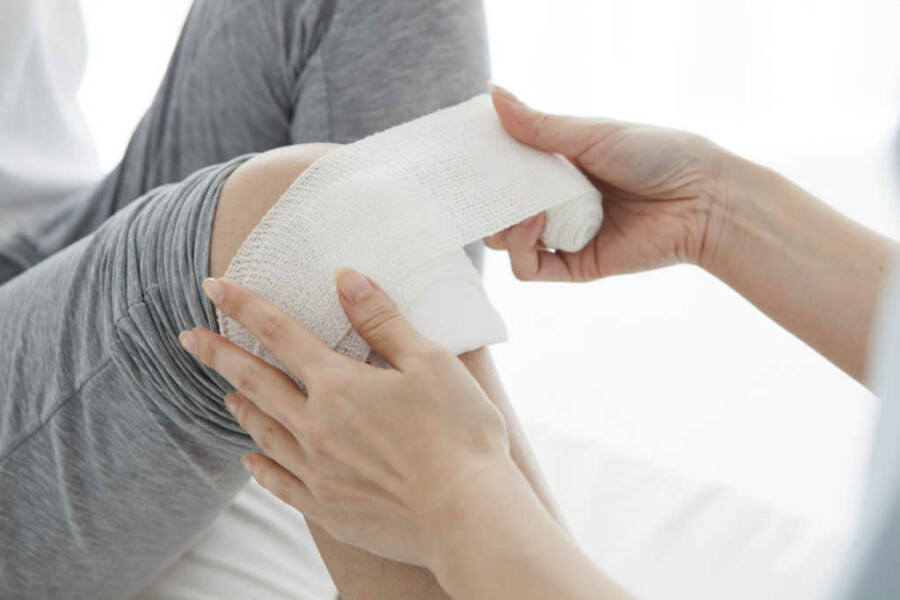What to Do with a Bleeding Varicose Vein

Weakened, swollen veins can bleed profusely, whether from internal rupture or a slight scratch. Here’s why you should seek medical attention if you encounter a bleeding varicose vein.
Most varicose vein patients know to expect discomfort, fatigue and itching in their legs. But many don’t realize that their weakened blood vessels are very easy to damage — and thus can start bleeding very suddenly.
Varicose vein bleeding can be surprisingly severe, and patients whose veins are profusely bleeding may not realize that they should call 911. Bleeding varicose veins actually can present a health threat, and patients must know how to handle sudden vein bleeding when it occurs.
What to Expect from a Bleeding Varicose Vein
Because veins contain more blood than capillaries, the varicose vein bleeding isn’t like pricking your finger — the volume can actually be surprisingly high. In fact, patients sometimes think they have ruptured an artery, as the blood may pulsate from the vein.
Varicose vein bleeding is typically sudden, too, catching patients off guard and upending activities. This can be disconcerting, especially if it happens in public.
How to Treat Varicose Vein Bleeding
Typically, minor bleeds can be resolved by applying gentle pressure. If possible, you should sit or lay down so that the leg is higher than the heart. But if the bleeding doesn’t stop or seems severe, you should immediately call 911 or go to the emergency room.
For some patients, varicose vein bleeding can actually become dangerous. Patients on blood thinners and older patients – who have thinner, more delicate skin – are especially susceptible to blood loss. Pregnant women must be especially cautious, as bleeding can quickly lead to serious medical situations.
After receiving medical care, your doctor may recommend you stay off your feet to keep the wound from reopening. Avoid touching or removing the scab, as this can retrigger bleeding.
Why Varicose Veins May Bleed
Varicose veins are weaker and less efficient than healthy veins. Because they can’t effectively pump blood upwards, blood pools in the leg, placing more pressure on the veins and causing them to become larger and more fragile. As a result, varicose and spider veins are prone to sudden rupture, causing spontaneous bleeding.
Because varicose veins are just below the surface, a slight injury to the skin overlying the vein can cause bleeding as well. Just scratching the legs too hard or brushing up against furniture can be enough to cause a break. This bleeding can occur at any time, but it’s more likely to happen during a warm shower, when the veins are more dilated. Patients also report bleeding incidents occurring at night.
Treat Your Veins to Prevent Bleeding
The only sure way to avoid spontaneous varicose vein bleeding is to have your veins treated by a professional. Don’t wait until you find yourself in an embarrassing or even dangerous situation. Talk to the professionals at the Center for Vein Restoration to learn more about sclerotherapy, laser therapy and other treatments that can treat your condition and prevent a bleeding incident down the line.